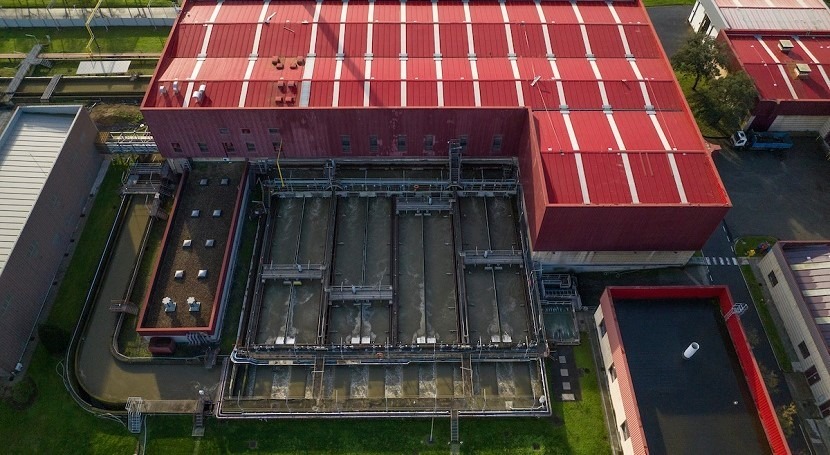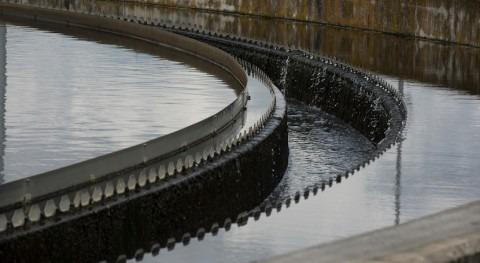Wastewater treatment technologies are critical in safeguarding both human health and the environment, as they eliminate pollutants from wastewater prior to its re-release into the environment. They are constantly evolving to meet challenges such as the nature of contaminants, their concentrations and the demands of population growth, urbanization, and environmental protection. Below you will find a review of common wastewater treatment technologies, sustainability issues and prospects.
The history of wastewater treatment looks at how the industry has changed over time from traditional methods to cutting-edge approaches that push the limits of effectiveness, sustainability, and environmental responsibility. Physical techniques have long been utilized to let solid particles separate from wastewater due to gravity. Nowadays this is called the primary or first stage of treatment, separating liquids and solids in wastewater. Screens and grit removal have been used for a very long time: grit and coarser particles are taken out of wastewater using grit chambers and screens. These procedures are gradual, straightforward and efficient in preventing harm to downstream equipment. They may include automation and controls, for enhanced efficiency and monitoring.
Biological treatments, in multiple forms, have been used for more than a century. In activated sludge systems, organic contaminants are broken down in aerated tanks by combining wastewater with microorganisms. Although it works well, aeration needs a large amount of energy, land and careful management to be more effective and avoid sludge accumulation. Trickling filters are used to treat wastewater with less energy. The microbial biofilm helps to treat wastewater: they are simple and less intensive concerning O&M.
Energy generation at treatment plants, rather than adding energy to treat wastewater, can turn treatment processes into energy positive
Chemical treatment involves coagulation and flocculation with chemicals. Chemicals such as chlorine/bleach and KMnO4 have been used to sterilize water since ancient times, when drink containers were made of copper and silver to ensure drinking water disinfection. Nevertheless, they do have pros and cons, so selection criteria are key. Sunlight disinfection of tainted water dates to the eighteenth century: UV and infrared rays can destroy bacteria found in water. Selecting the intensity and dose monitoring provide quality assurance.
A step ahead into the future is resource recovery. Energy generation at treatment plants, rather than adding energy to treat wastewater, can turn treatment processes into energy positive, while nutrient recovery enables the recovery of phosphorus and other valuable minerals from wastewater, for their reuse. Moreover, although not a novel idea, nature-based solutions, such as the use of artificial wetlands to treat wastewater, have drawn interest as a practical and affordable solution.
An emerging challenge is pollution by microplastics and PFAS, which need a green solution, rather than chemical-based treatment. Advanced treatment technologies, including membrane processes, are becoming more economical and energy-efficient because of new developments in membrane technology, including better materials and modular designs. Common technologies are ultrafiltration, nanofiltration, reverse osmosis and membrane bioreactors (MBR) for wastewater treatment and reuse. Technologies like advanced oxidation processes, electrocoagulation, bioelectrochemical systems, microbial fuel cell technology and colonized phototrophic biomass, have been emerging for specific wastewater treatment, with limited usage.
Finally, IoT, Artificial intelligence (AI) algorithms and big data are being used to optimize treatment operations, predict maintenance, and gain insights into treatment plant performance. Their adoption is now an unstoppable trend, though tool selection and application need to be specific and tailored to particular applications.




